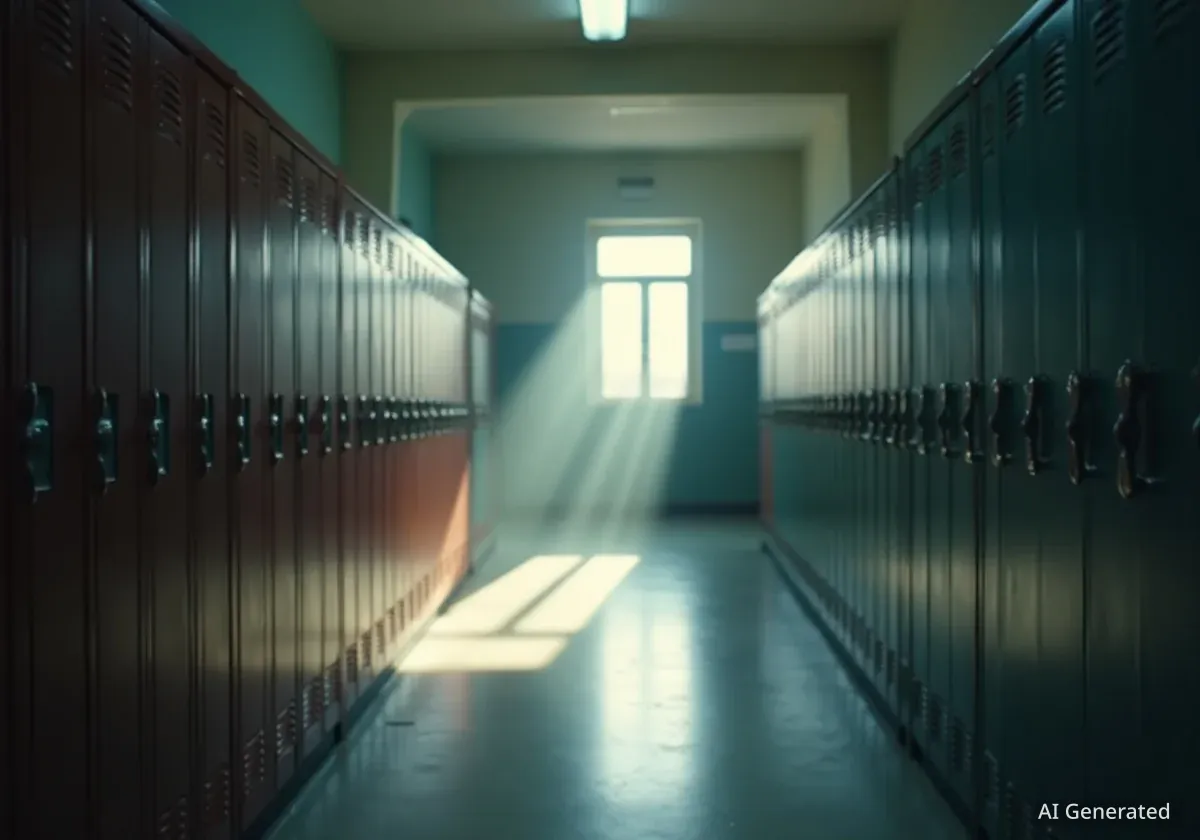The Maryland State Department of Education has released its annual star ratings for public schools, offering a familiar one-to-five scale for the sixth consecutive year. However, this year's results arrive as state officials actively work on a new accountability system, suggesting this could be the final time parents see this particular report card.
The ratings, based on data from the 2024-25 school year, are intended to provide a snapshot of school performance. Yet, with a significant overhaul of state standardized tests and the Maryland School Report Card in development, the future of this evaluation method remains uncertain.
Key Takeaways
- Maryland has released its annual one-to-five star ratings for all public elementary, middle, and high schools.
- This may be the final year for the current star rating system as a state task force is developing a new approach.
- State Superintendent Carey Wright has criticized the current system for a disconnect between high star ratings and lower student test proficiency.
- The ratings are based on a 100-point scale covering multiple factors, not just standardized test scores.
How Maryland Schools Are Graded
Each public school in Maryland is assigned a rating from one to five stars, with five representing the highest performance. State education officials emphasize that these ratings are just one tool for evaluating a school and that a lower rating does not automatically signify a failing institution. The primary goal is to identify areas of strength and opportunities for improvement.
The number of stars a school receives is determined by a points-based system. Schools can earn up to 100 points across several categories. The thresholds are clearly defined:
- Five Stars: 75 or more points
- Four Stars: 60 to 74 points
- Three Stars: 45 to 59 points
- Two Stars: 30 to 44 points
- One Star: Below 30 points
This structure is designed to provide a standardized measure for comparing school performance across the state.
A Multi-Faceted Evaluation
The final star rating is a composite score derived from several key metrics. This approach ensures that a school's evaluation is not solely dependent on a single data point, such as standardized test results. It provides a more holistic view of the school's environment and effectiveness.
The Metrics Behind the Stars
The 100-point system is not weighted equally across all measures. The state's rubric prioritizes different aspects of a school's function depending on whether it is an elementary, middle, or high school.
Core Performance Indicators
For all schools, the evaluation includes several foundational criteria:
- Academic Achievement: This measures student performance on state standardized tests in English and mathematics, known as the Maryland Comprehensive Assessment Program (MCAP).
- Academic Progress: For elementary and middle schools, this is a critical component that tracks year-over-year improvement in test scores.
- English Language Proficiency: This metric assesses how well students who are English learners are progressing toward fluency.
- School Quality and Student Success: A broad category that includes factors like chronic absenteeism, the quality of the curriculum, and feedback from student and educator surveys on the school environment.
High School Specific Measures
High schools are also judged on indicators that reflect their unique role in preparing students for the future:
- Readiness for Postsecondary Success: This evaluates how many ninth-grade students are on track with their core coursework and the percentage of graduates who meet advanced standards.
- Graduation Rate: This includes both the four-year and five-year adjusted cohort graduation rates.
Standardized test scores, while important, are only a small piece of the puzzle. A school's proficiency rate on the state test can earn an elementary or middle school a maximum of 5 out of 100 possible points. For high schools, the maximum is 7.5 points.
A System Under Scrutiny
Despite its comprehensive design, the star rating system has faced criticism from top education officials, including State Superintendent Carey Wright. The primary concern is a perceived inconsistency between the star ratings and actual student proficiency on state exams.
Last school year, officials noted that while approximately 76% of Maryland schools received a rating of three stars or higher, only 47% of students demonstrated proficiency on state assessments.
This discrepancy has prompted a push for a new system that more accurately aligns school ratings with student learning outcomes. The goal is to create a more transparent and meaningful report card for parents, educators, and policymakers.
The Future of School Accountability in Maryland
The state is on the verge of a significant shift in how it measures school performance. An Assessment and Accountability Task Force has been established to review the current methods and propose a new framework.
According to Geoff Sanderson, the deputy state superintendent, the task force is scheduled to present its official recommendations to the state school board on December 9. While the outcome is not yet determined, the presentation will be a pivotal moment for the state's education policy.
Sanderson has indicated that the decision to keep, modify, or completely discard the star rating system will rest with the state board following the task force's report. For now, parents and educators have one more year of data under the current system to guide their understanding of their local schools, even as they anticipate a new chapter in Maryland's educational accountability.





